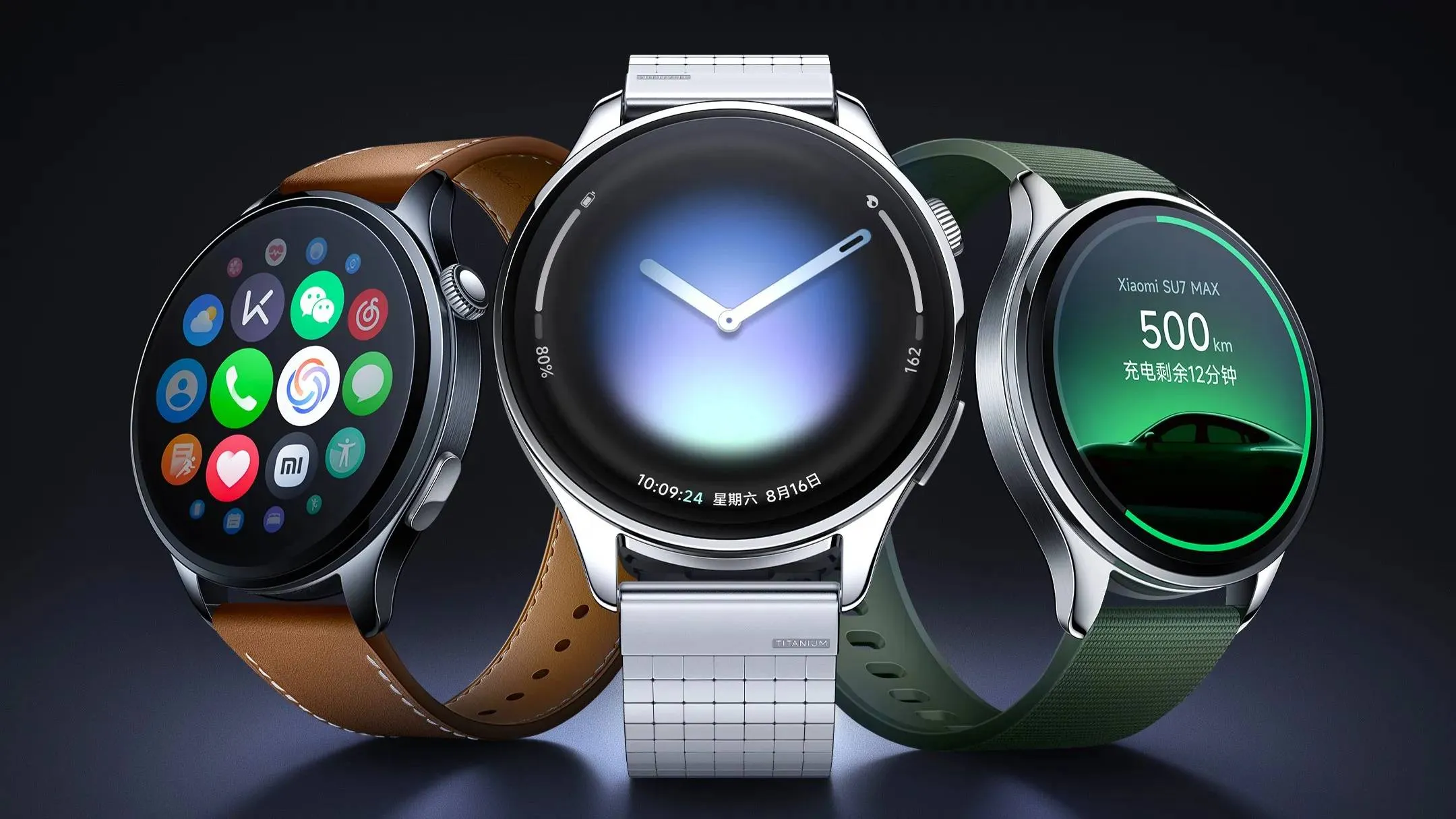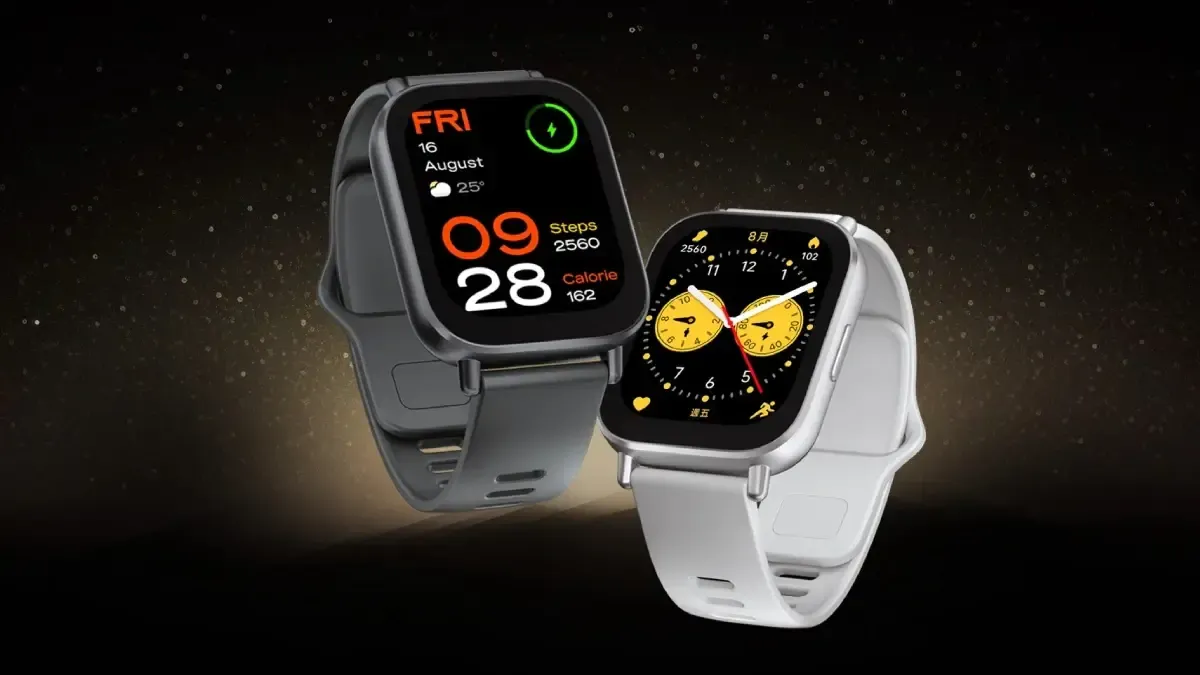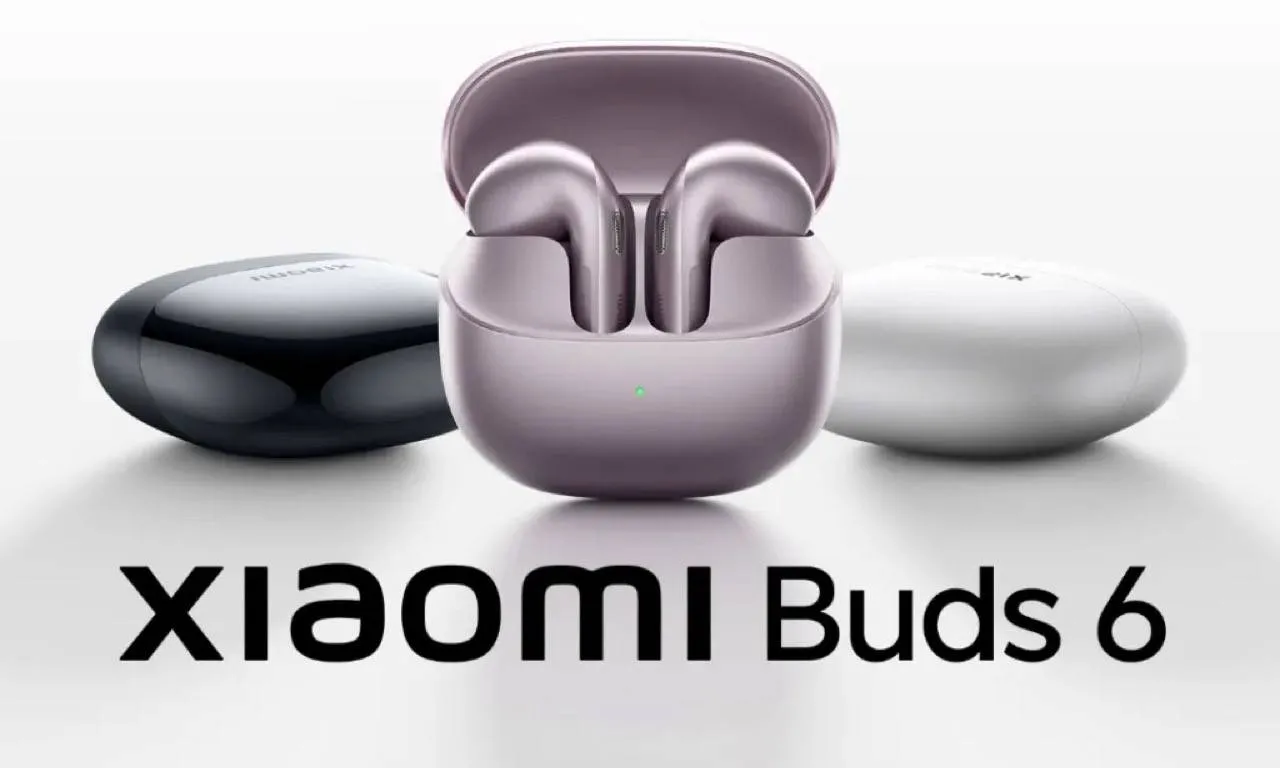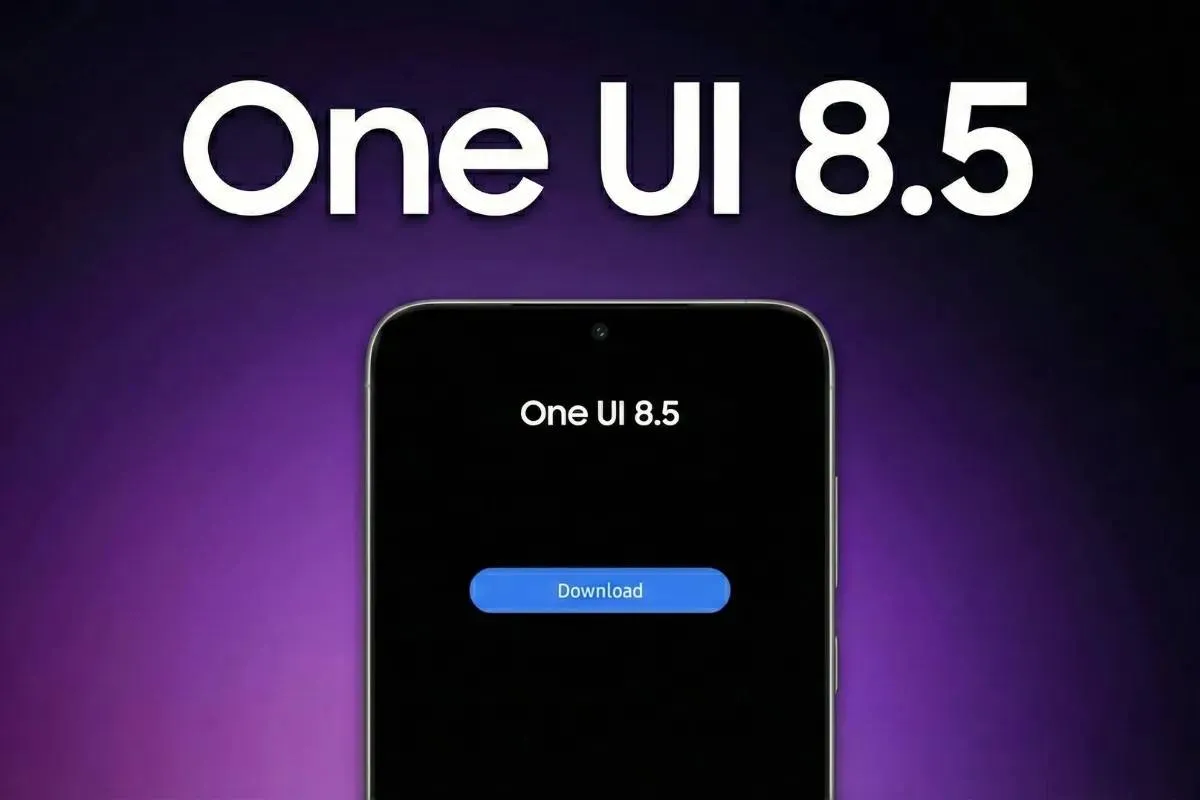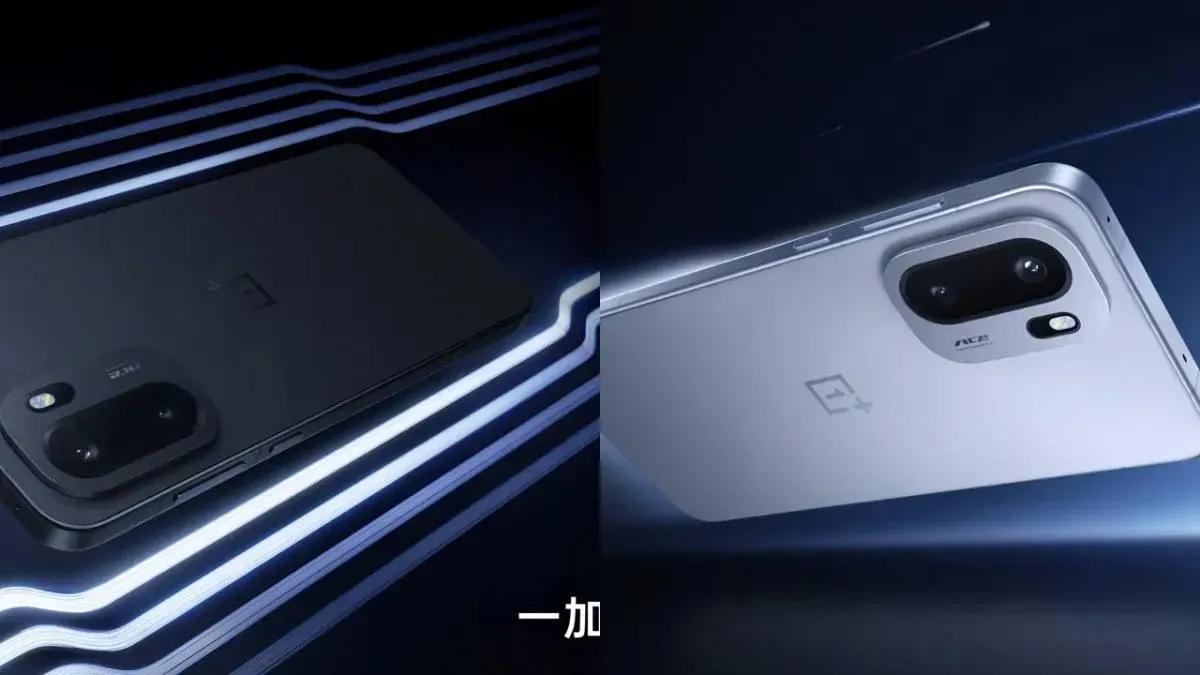
MIUI for tablets was recently released, and the first tablet to support it wasn't a Xiaomi device, but it is one Hugo Barra is probably familiar with, Google's Nexus 7 II. While the second generation Nexus didn't have the same market setting success as the first, it is still about as mainstream as tablets get.
It is a becoming sort of the showcase tablet, the device developers use to showcase their new software to a general audience. Ubuntu did it with the debut of Ubuntu Touch OS and now Xiaomi is doing it with its tablet version of its custom Android ROM, MIUI.
While many GizChina readers are probably familiar with MIUI, either through installing it on their devices or by buying a Xiaomi phone. Prior to this review, I was not. I have owned HTC phones running Sense, Android phone and tablets running stock Android and Cyanogenmod 11. I have never played around with MIUI or any of the other available custom ROMs. So this is coming from a perspective not too far from the average Nexus owner that would be capable of rooting and flashing their device.
I have not, for what it is worth, owned an iOS device.
So, is MIUI worth unlocking and flashing your Nexus? Is it an improvement over stock Android?
That, unfortunately, is an anti-climatic maybe. There are some things you can do with MIUI that aren't available on stock. It does somethings that Cyanogenmod doesn't do by default and has a few features that that I immediately began taking advantage of. It also has a few flaws and unfinished UI elements that need to be ironed out, but ultimately, your enjoyment of MIUI will come down to your feelings on its iOS-lite interface.
First, a little bit about the flashing process. Xiaomi provides a guide for installing MIUI, but the software it recommends is in Chinese. They do provide step by step video instructions that you can follow blind, but I felt safer installing using Wug's Nexus Toolkit. Using that, you can also get Google services (Gmail, Google Play, etc) easily installed.
Ever since the first iteration of MIUI, it has been called an iOS clone. While I haven't owned an iPad or iPhone in my life, I obviously have played around with them, I know people who have them. MIUI is instantly recognizable as something that approximates the iOS layout. There is no app drawer by default (although a simple one can be added) the icons slightly resemble iOS icons,. By default, the back and recent apps buttons are reversed, just like iOS (although that can be changed in the setting menu) if one had bad eyesight and was squinting, it could be confused for iOS, but of course it is not, it's Android and it's a Google tablet.
So, why install it? Xiaomi brings some useful features by default. My favorite is that the Wi-fi network name and download speeds can be displayed at the top of the screen at all times. You can also add owner information to the lock screen in case you lose the tablet. MIUI is also easily customizable with downloadable themes (like Cyanogenmod) and comes with a one-click cache clearing app that is very useful. While there are more powerful performance enhancing apps out there, being able to simply click a button on my home screen made me use it all of the time. All these features are non obtrusive and make relevant information or tasks easily accessible. As far as including useful “ah-ha!” kind of features, MIUI packs them in there, perhaps even more so than Cyanogenmod.
There are, however, some annoyances that come with using Xiaomi's OS. First, is the same problem iOS has, no app drawer. While there is a downloadable app that provides one, it is very simple and displays apps in a long list, rather than pages of icons like modern Android iterations. Second, the translation isn't quite finished. Seeing Chinese characters while using a Chinese produced OS could be expected, but it wasn't limited to the deep reaches the option page. It was instead right out in front. The most obvious transgression is the “copy, select all, paste” buttons, which were completely in Chinese.
This may not seem like such a big deal to Gizchina readers who are an international bunch and may be used to finding English or Chinese on their tablets rather than their first language, us English speakers are used to getting our way, and few of us can read Chinese. If Xiaomi ever wants a large English speaking consumer base, they need to clean up these issues.
Just like Google wants you to connect everything to your Google account, Xiaomi wants you to connect MIUI devices to your Xiaomi account. It can be skipped, but doing so will make you miss out on a few included features.
There is Xiaomi music, which appears to stream an impressive collection of both Chinese and International songs, but I couldn't get it to work here in the States. There is a Netflix-like app for Chinese television shows that did work, but that didn't interest me. The biggest reason, perhaps the only reason if you aren't a fan of Chinese television, to sign up for a Xiaomi account, is the Xiaomi app store.
It is possible (and even easy) to install the Xiaomi app store on nearly any Android device, but since it is packaged with MIUI, it is worth talking about.
The Xiaomi app store is large enough to rival any other store on the planet. It has had billions of downloads and is China's largest app store. Most of the app descriptions are in Chinese, but it isn't that hard to navigate using the English language categories. The actual apps themselves are sometimes Chinese, sometimes English, and the description usually has the English title, if it is applicable.
What makes the Xiaomi store unique over Google Play or the Amazon app store and worth sorting through that Chinese text, is that it hosts apps that are “exclusive” to either one of those app stores. Furthermore, many of the apps (mostly games) that cost money on Google Play and the Amazon app store are free on the Xiaomi app store. It appears that the Xiaomi app store is facilitating piracy and the legality of that situation is up in the air, but they do sit in plain view on the Xiaomi app store.
As for how everything ran while using MIUI, I didn't have any random reboots, apps rarely crashed, and everything from games to Chromecast compatible video streaming apps to the Google Apps (once properly flashed) all worked, just as they did on my stock UI. Performance didn't seem to suffer either, with my Nexus 7 scoring over 20,000 on AnTuTu.
Bottom Line:
MIUI is much more than an iOS clone, it takes some features from that and adds the openness and customization of Android to make a compelling package. However, it doesn't seem quite completed yet, and feelings on the iOS-like features will come down to personal preference. That said, I was pleasantly surprised by its stability and even though my review with the OS is over, I have yet to revert back to stock. For those reasons, it is a viable option for those looking for an alternative experience to the stock Android or the various skins other manufacturers put on it.
4 out of 5 stars
[Photo Credit: Xiaomi]
Popular News
Latest News
Loading
